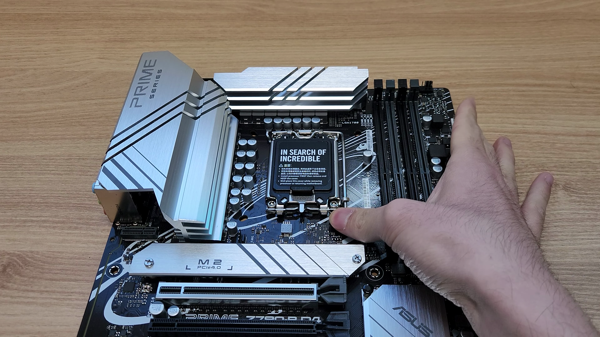In the rapidly evolving landscape of modern industries, technological advancements continue to push boundaries and redefine possibilities. One such innovation that has gained significant traction is 3D scanning services. This groundbreaking technology has transformed the way industries operate, enabling precision, efficiency, and innovation across various sectors.
Understanding 3D Scanning:
3D scanning is a process that captures the physical shape of an object or environment using specialized equipment to create a digital 3D representation. This technology uses lasers, structured light, or photogrammetry techniques to capture highly detailed and accurate 3D models of real-world objects.
Applications Across Industries:
1. Manufacturing and Prototyping:
In the manufacturing sector, 3D scanning services have streamlined the product development lifecycle. Manufacturers can now create detailed digital models of prototypes, facilitating rapid prototyping and iterative design improvements. This accelerates the production process and reduces time-to-market significantly.
2. Architecture and Construction:
Architects and construction professionals utilize 3D scanning to capture accurate measurements of existing structures or landscapes. These detailed scans serve as the foundation for designing renovations or additions. Additionally, construction sites benefit from 3D scans for precise measurements and quality control, ensuring that projects adhere to specifications.
3. Healthcare and Biotechnology:
In the healthcare industry, 3D scanning plays a vital role in customizing medical devices, orthopedic implants, and prosthetics. These services enable the creation of patient-specific solutions, improving both the fit and functionality of medical equipment. Furthermore, 3D scanning aids in the development of anatomical models for education and surgical planning, enhancing medical training and patient outcomes.
4. Automotive and Aerospace:
Automotive and aerospace industries leverage 3D scanning for reverse engineering, enabling the recreation of existing components or systems. This technology ensures accurate replication of parts, essential for maintenance and repairs. Additionally, 3D scanning assists in aerodynamic analysis, enhancing vehicle and aircraft design for optimal performance and fuel efficiency.
5. Cultural Heritage Preservation:
3D scanning services have revolutionized cultural heritage preservation efforts. Museums and conservationists can create digital replicas of artifacts, historical sites, and artworks. This preservation method safeguards cultural treasures while making them accessible to researchers and the public worldwide.
Benefits of 3D Scanning Services:
1. Precision and Accuracy:
3D scanning delivers unparalleled precision and accuracy, ensuring that digital replicas faithfully represent the physical objects or environments. This level of detail is invaluable for industries where precision is paramount.
2. Time and Cost Efficiency:
Traditional methods of measurement and prototyping are time-consuming and often require significant resources. 3D scanning services drastically reduce the time and cost associated with these processes, enabling industries to operate more efficiently and competitively.
3. Innovation and Customization:
The ability to create highly detailed 3D models fosters innovation and customization. Industries can explore new design possibilities and create tailor-made solutions for specific applications, leading to improved products and services.
4. Improved Collaboration:
Digital 3D models can be easily shared and collaborated upon, regardless of geographical locations. This fosters global collaboration among professionals, researchers, and experts, leading to collective problem-solving and innovation.
Conclusion
In conclusion, 3D scanning services have become indispensable tools across various industries, revolutionizing the way businesses operate and innovate. As technology continues to advance, the applications of 3D scanning are likely to expand further, driving continuous improvements in efficiency, accuracy, and creativity across diverse sectors. Embracing this transformative technology is not just an option but a necessity for industries looking to stay ahead in the competitive global market.








